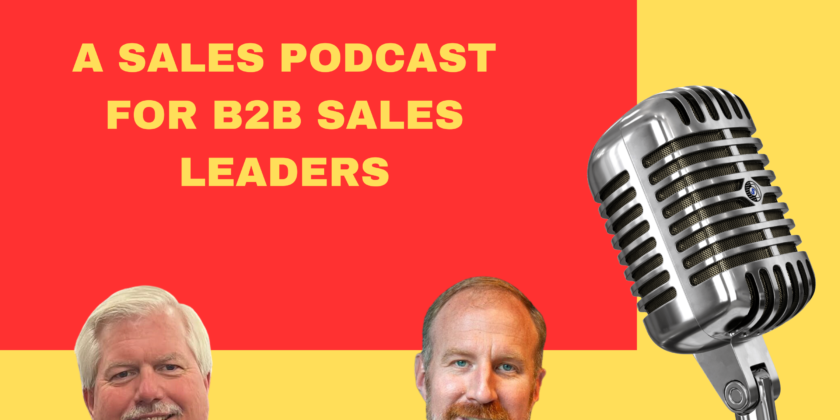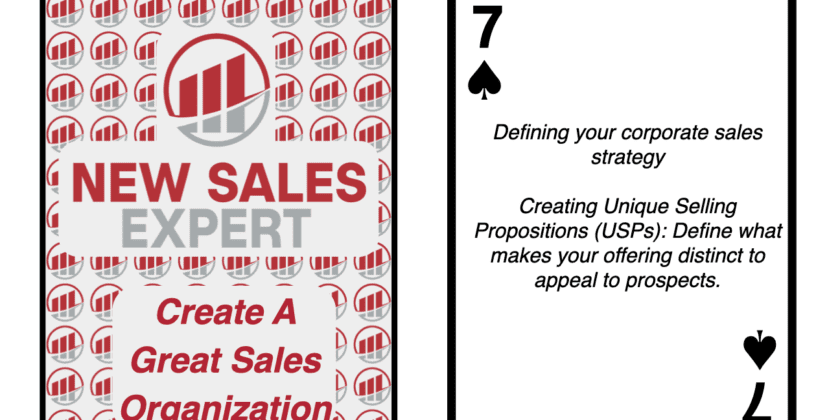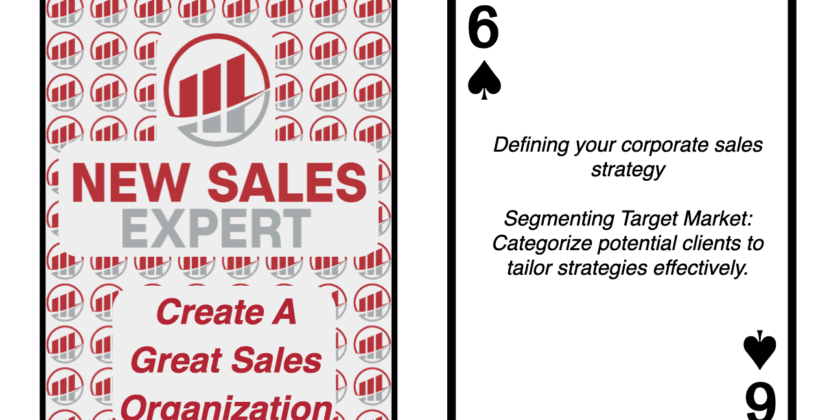This special episode of Two Tall Guys Talking Sales comes from a recent CEO Workshop put on by Sean O’Shaughnessey and Kevin Lawson. It was taken from a LinkedIn Live presentation that aired on September 29, 2023. You can listen to this episode or click over to the LinkedIn Live presentation at https://www.linkedin.com/events/ceoworkshop-understandyourclien7106962760084688896/
Are you a sales leader or CEO looking to supercharge your sales strategy? In this episode of “Two Tall Guys Talking Sales,” hosts Kevin Lawson and Sean O’Shaughnessey delve deep into the art of understanding your client’s business to sell more effectively. Sean, a seasoned sales expert, shares invaluable insights on transitioning from being just a vendor to becoming a trusted advisor. This episode is a treasure trove of actionable advice, real-world examples, and strategies that can be immediately implemented to elevate your sales game.
Key Topics Discussed
- The Power Matrix: Learn how to identify and engage with key stakeholders in your client’s organization, from decision-makers to influencers.
- Consultative Selling: Discover the essence of becoming a trusted advisor rather than just a vendor and how this approach can significantly impact your sales.
- Financial Acumen: Understand why knowing your client’s financial position can give you a competitive edge and how to gather this information.
- Interdepartmental Relationships: Sean discusses the importance of having touchpoints across various departments in your client’s organization and how it can lead to a more tailored sales pitch.
- Customer Journey Mapping: Learn how to map out the customer journey to gain a 360-degree understanding of your client’s needs and motivations.
Key Quotes from Sean
- “You elevate yourself from a vendor to a partner in the B2B sales arena.”
- “Your proposition becomes not just a response to an RFP, but a comprehensive strategy of partnership.”
- “This alignment leads to a consultative selling approach, one that evolves from being transactional to being deeply relational.”
Additional Resources
- Sean’s book on sales strategies, “Eliminate Your Competition,” You may purchase “Eliminate Your Competition” from your favorite book retailer. The ebook version is available at the most popular retailers such as Apple, Amazon, Barnes & Noble. The paperback version is also widely available at such retailers as Amazon, Barnes & Noble, and Books A Million.
- The CEO workshop “Avoiding B2B Sales Mistakes That Are Limiting Revenue Growth” scheduled for Thursday, October 19, at 10:00 A.M. Eastern. Register at https://www.linkedin.com/events/7113890627339128832/comments/
Summary Paragraph
Don’t miss this enlightening special episode that promises to transform your approach to B2B sales. Whether you’re a seasoned sales professional or a CEO looking to revamp your sales strategy, this episode offers a comprehensive guide to understanding your client’s business like never before. Tune in to “Two Tall Guys Talking Sales” and equip yourself with the tools and insights to become not just a vendor but a strategic partner in your client’s success journey. Subscribe today and stay ahead of the sales game!






